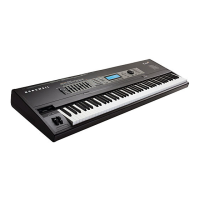
Do you have a question about the Kurzweil K2600 - MUSICIANS GUIDE REV A PART NUMBER 910330 CHAP 15 and is the answer not in the manual?
| Brand | Kurzweil |
|---|---|
| Model | K2600 - MUSICIANS GUIDE REV A PART NUMBER 910330 CHAP 15 |
| Category | Electronic Keyboard |
| Language | English |
Explains KDFX operational modes (Master vs. others) and their impact on parameter control.
Overview of the KDFX user interface, including studios, FXBuses, and presets.
Details on signal routing, insert effects buses, and the auxiliary effects bus.
Core building blocks for effect processing, including algorithms and their settings.
Runtime parameter adjustment within FX presets without altering the preset itself.
Managing Processing Allocation Units (PAUs) for FXBuses and their impact on algorithms.
Visual signal level monitoring tools integrated within certain KDFX algorithms.
Routing processed signals to the K2600's physical outputs.
Storing, naming, deleting, and organizing KDFX studios and FX presets.
Dynamic parameter manipulation using FXMods, controllers, and MIDI.
Assigning control sources (MIDI, LFOs, etc.) to studio parameters for dynamic control.
Explanation of parameters for reverb and various delay effect algorithms.
Details on equalization (Graphic, Parametric) and dynamics (Compressors, Gates) algorithms.
Covers resonant filters, LFOs, pitch shifting, and other modulation effects.
Advanced features and modes, including Song Mode and KB3 integration.
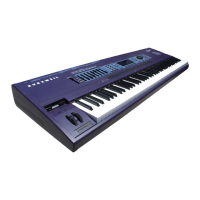
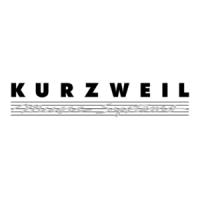
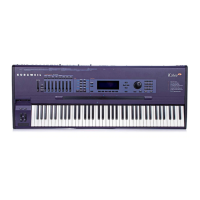

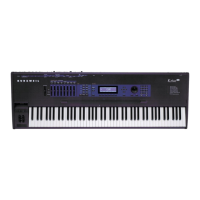


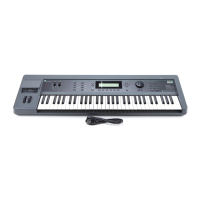
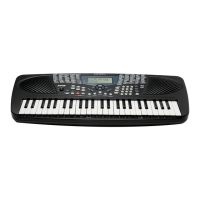
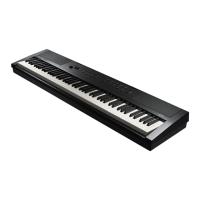
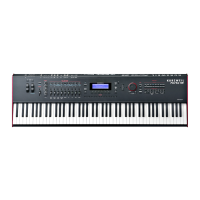
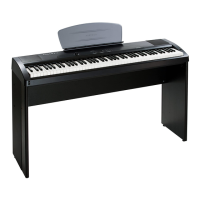
